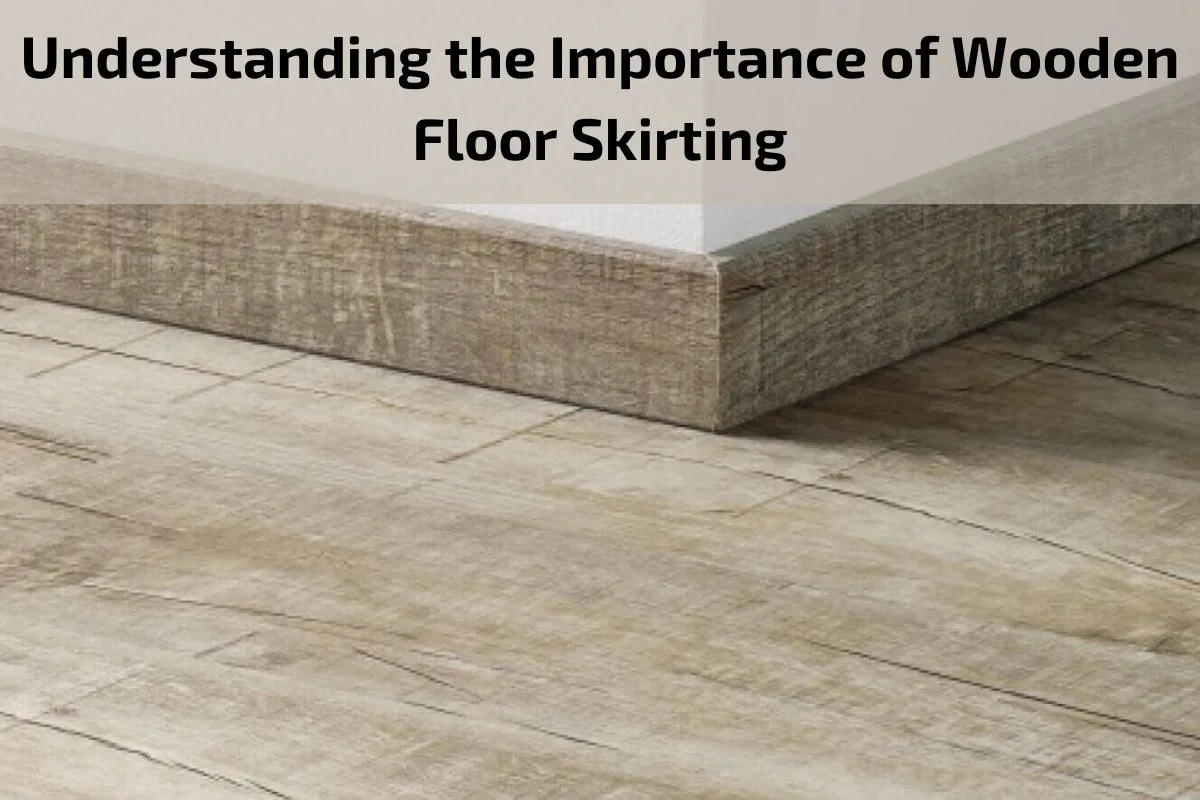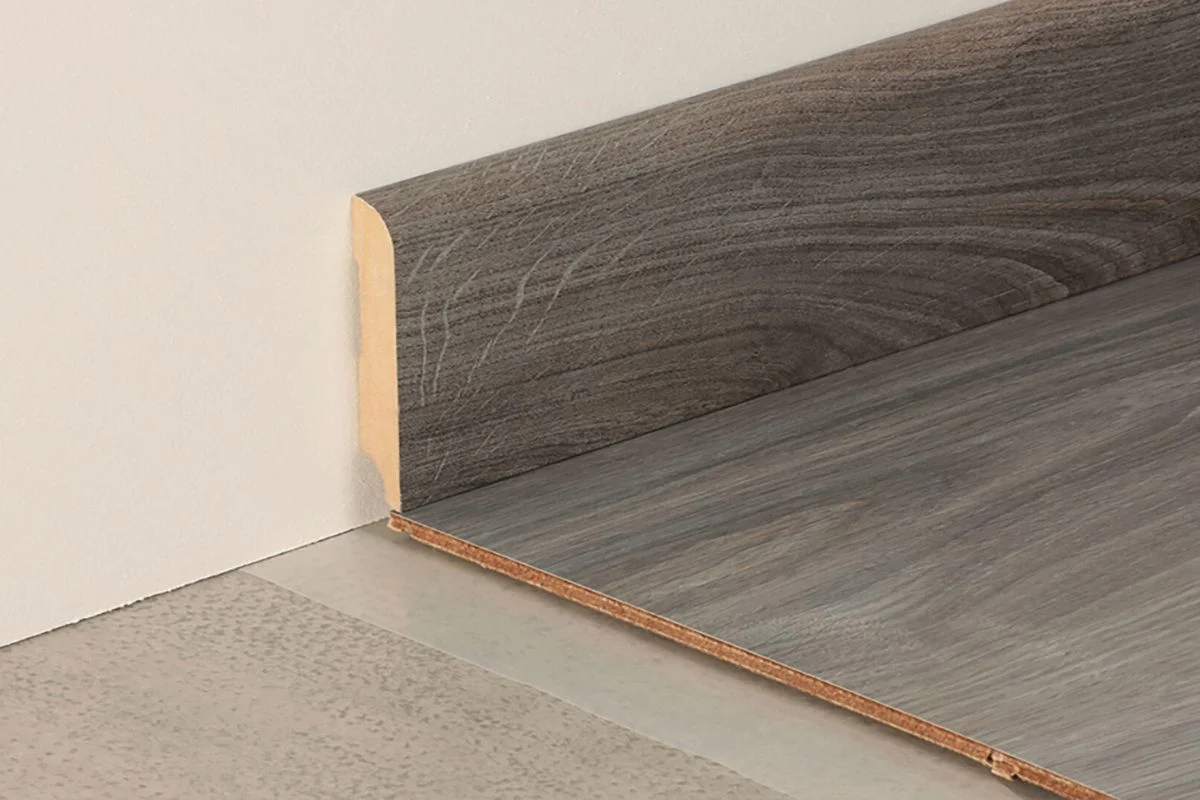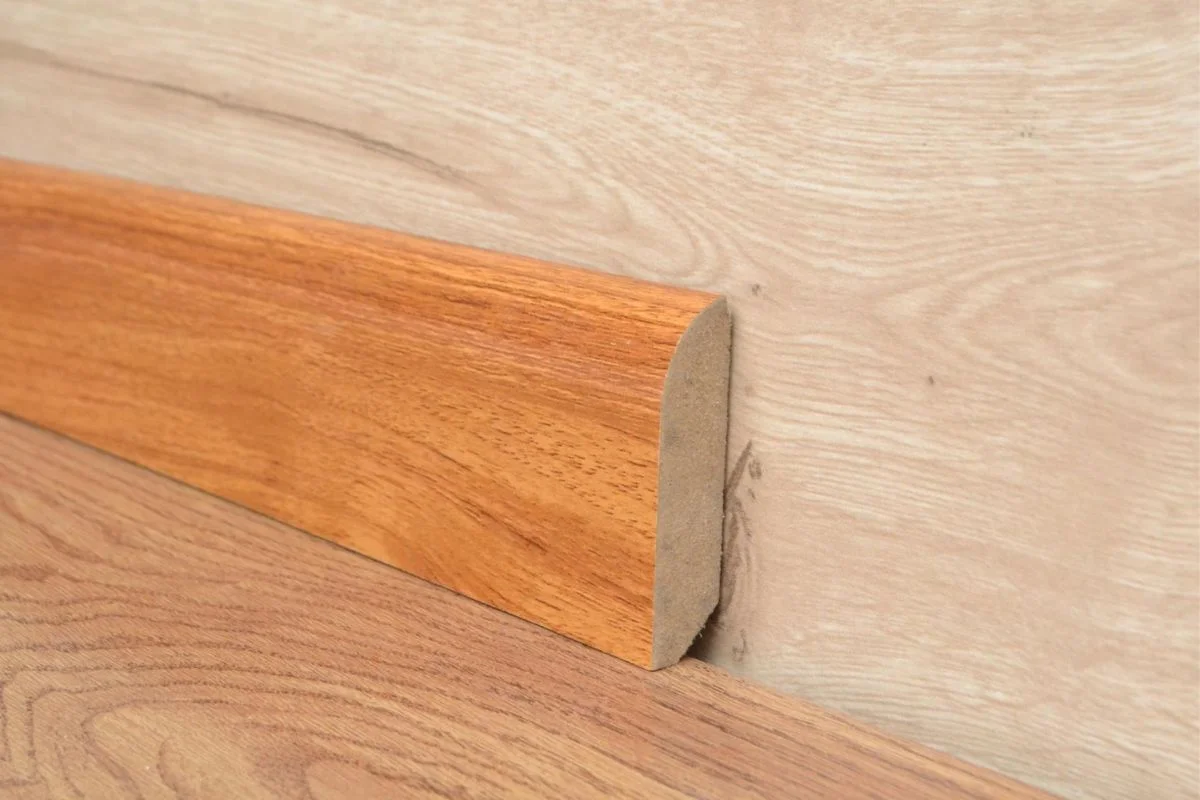Wooden floor skirting may seem like a minor detail in the grand scheme of interior design, but its significance cannot be overstated. Often overlooked, floor skirting serves both functional and aesthetic purposes, adding a finishing touch that elevates the overall look and feel of a room. From concealing unsightly gaps to enhancing the visual appeal of flooring transitions, wooden floor skirting plays a crucial role in creating polished and cohesive interiors.
In this comprehensive guide, we delve into the importance of wooden floor skirting and explore its various benefits and applications. Whether you’re embarking on a home renovation project or simply seeking to enhance the aesthetics of your living space, understanding the role of wooden floor skirting is essential.
The Importance of Wooden Floor Skirting:
Wooden floor skirting, though often overlooked, plays a crucial role in both the functionality and aesthetics of interior spaces. Here are several reasons why wooden floor skirting is an essential component of any flooring installation:
Seamless Transition: Wooden floor skirting provides a seamless transition between the flooring and the walls, covering the expansion gap and creating a clean and finished look. This transition helps to unify the space and enhance its overall appearance.
Protection Against Damage: Floor skirting acts as a protective barrier, shielding the bottom of the walls from potential damage caused by vacuum cleaners, mops, and furniture. It prevents scuffing, dents, and scratches that can occur over time, preserving the integrity of both the flooring and the walls.
Concealing Imperfections: Wooden floor skirting conceals imperfections along the edges of the flooring, such as uneven cuts, gaps, and rough edges. It provides a polished finish and hides any unsightly flaws, contributing to a more aesthetically pleasing environment.
Hiding Cables and Wiring: Floor skirting offers a convenient solution for concealing electrical cables, wiring, and plumbing pipes that run along the base of the walls. This helps maintain a neat and clutter-free appearance while ensuring safety and compliance with building codes.
Enhancing Design and Style: Wooden floor skirting serves as a decorative element that enhances the overall design and style of a room. It comes in a variety of profiles, finishes, and wood species, allowing for customization to complement any interior aesthetic, whether traditional, contemporary, or eclectic.
Thermal Insulation: Floor skirting helps to improve thermal insulation by reducing heat loss through the gaps between the flooring and walls. This can contribute to energy efficiency and create a more comfortable indoor environment, especially in colder climates.
Sound Dampening: Wooden floor skirting helps to absorb sound and minimize noise transmission between rooms. It acts as a buffer, reducing echoes and creating a quieter and more peaceful living environment.
The Benefits of Wooden Floor Skirting
Enhanced Aesthetics: Wooden floor skirting adds a touch of elegance and sophistication to any room. It provides a seamless transition between the flooring and the walls, contributing to a polished and finished look that enhances the overall aesthetic appeal of the space.
Concealing Imperfections: One of the primary benefits of wooden floor skirting is its ability to conceal imperfections along the edges of the flooring. Whether it’s uneven cuts, gaps, or rough edges, floor skirting helps to hide these flaws, creating a cleaner and more visually appealing finish.
Protection Against Damage: Wooden floor skirting acts as a protective barrier, shielding the bottom of the walls from potential damage caused by vacuum cleaners, mops, and furniture. It helps to prevent scuffing, dents, and scratches, thereby preserving the integrity of both the flooring and the walls.
Hiding Cables and Wiring: Floor skirting provides a convenient solution for concealing electrical cables, wiring, and plumbing pipes that run along the base of the walls. This helps to maintain a neat and organized appearance while ensuring safety and compliance with building codes.
Thermal Insulation: Wooden floor skirting helps to improve thermal insulation by reducing heat loss through the gaps between the flooring and walls. This can contribute to energy efficiency and create a more comfortable indoor environment, especially in colder climates.
Sound Dampening: Wooden floor skirting helps to absorb sound and minimize noise transmission between rooms. It acts as a buffer, reducing echoes and creating a quieter and more peaceful living environment.
Flexibility in Design: Wooden floor skirting comes in a variety of profiles, finishes, and wood species, allowing for customization to complement any interior aesthetic. Whether it’s traditional, contemporary, or eclectic, there’s a wooden floor skirting option to suit every style and preference.
Easy Maintenance: Wooden floor skirting is relatively easy to maintain, requiring occasional cleaning with a damp cloth or mild detergent to remove dust and dirt. With proper care, wooden skirting can retain its beauty and functionality for many years to come.
Exploring Different Types of Wooden Floor Skirting
Wooden floor skirting comes in a variety of profiles, styles, and finishes, allowing homeowners and designers to choose options that best complement their interior decor and personal preferences. Here are some of the most common types of wooden floor skirting available:
Straight Profile: Straight profile wooden floor skirting features a simple, straight design with clean lines. It provides a minimalist look that works well in contemporary and modern interiors.
Chamfered Profile: Chamfered profile skirting boards have edges that are beveled or angled, creating a subtle decorative detail. This type of skirting adds visual interest while maintaining a sleek and understated appearance.
Ogee Profile: Ogee profile skirting boards feature a classic, decorative design characterized by a concave curve at the top and a convex curve at the bottom. This ornate profile adds a touch of elegance and sophistication to traditional and formal interiors.
Bullnose Profile: Bullnose profile skirting boards have a rounded or curved edge, creating a soft and smooth finish. This type of skirting is ideal for adding a subtle, contemporary touch to any room.
Torus Profile: Torus profile skirting boards feature a rounded top with a concave curve and a flat bottom. This timeless profile adds a sense of depth and dimension to interior spaces, making it a popular choice for both modern and traditional settings.
Beveled Profile: Beveled profile skirting boards have edges that are cut at an angle, creating a sleek and modern look. This type of skirting is versatile and works well in a variety of interior styles, from contemporary to transitional.
Reeded Profile: Reeded profile skirting boards feature vertical grooves or lines along the surface, adding texture and visual interest. This type of skirting is perfect for creating a sense of depth and dimension in minimalist or industrial-inspired interiors.
Rustic Profile: Rustic profile skirting boards have a rough, natural finish that highlights the wood’s grain and imperfections. This type of skirting adds warmth and character to rustic, farmhouse, and cottage-style interiors.
Personalizing Your Wooden Floor Skirting for Your Space
Customizing your wooden floor skirting allows you to add a unique and personal touch to your interior design scheme. Here are some creative ways to personalize your wooden floor skirting for your space:
Custom Paint or Stain: Consider painting or staining your wooden floor skirting in a color that complements your walls, flooring, and overall decor theme. Whether you prefer a bold statement color or a subtle, understated hue, customizing the finish of your skirting can dramatically enhance the visual impact of your space.
Decorative Molding: Incorporating decorative molding elements into your wooden floor skirting design can elevate its aesthetic appeal and add a touch of architectural interest. Choose from a variety of molding profiles, such as crown molding, dentil molding, or picture rail molding, to create a unique and sophisticated look that reflects your personal style.
Customized Height and Width: Experiment with different heights and widths for your wooden floor skirting to achieve the desired visual effect in your space. Opt for taller skirting boards to create a sense of grandeur and elegance, or choose narrower profiles for a sleek and modern look.
Incorporate Inlays or Carvings: Add intricate inlays or carvings to your wooden floor skirting to make a bold design statement and infuse your space with personality and charm. Consider incorporating motifs, patterns, or designs that reflect your cultural heritage, interests, or personal preferences.
Integrated Lighting: Explore the possibility of integrating LED lighting into your wooden floor skirting to create subtle and atmospheric illumination in your space. LED strip lights can be discreetly installed along the base of the skirting boards to enhance ambiance and highlight architectural features.
Mix and Match Materials: Experiment with mixing and matching different materials, such as wood, metal, or stone, to create a visually dynamic and texturally rich look for your wooden floor skirting. Combining contrasting materials can add depth and visual interest to your space while showcasing your eclectic taste and design sensibility.
Incorporate Functional Features: Consider incorporating functional features into your wooden floor skirting design, such as built-in storage compartments, cable management channels, or hidden outlets. These thoughtful additions can enhance the functionality of your space while maintaining a seamless and cohesive aesthetic.
Maintenance Tips for Wooden Floor Skirting
Regular Cleaning: Dust and debris can accumulate on wooden floor skirting over time, so it’s essential to clean them regularly using a soft brush, microfiber cloth, or vacuum cleaner with a brush attachment. This helps prevent the buildup of dirt and keeps the skirting looking fresh and clean.
Avoid Harsh Chemicals: When cleaning wooden floor skirting, avoid using harsh chemical cleaners or abrasive substances that can damage the wood’s finish. Instead, opt for mild detergent solutions or specialized wood cleaners recommended for maintaining wooden surfaces.
Wipe Spills Promptly: Accidental spills should be wiped up promptly to prevent moisture from seeping into the wood and causing damage or warping. Use a clean, damp cloth to blot up spills, followed by drying the area thoroughly to prevent water damage.
Protect Against Moisture: Wooden floor skirting is susceptible to moisture damage, so it’s essential to protect them from exposure to excessive humidity or moisture. Use a dehumidifier in humid environments and ensure proper ventilation to prevent moisture buildup.
Inspect for Damage: Periodically inspect wooden floor skirting for signs of damage, such as scratches, dents, or cracks. Address any issues promptly by sanding, filling, or refinishing damaged areas to prevent further deterioration.
Apply Protective Coatings: Applying a protective coating, such as varnish, lacquer, or polyurethane, can help protect wooden floor skirting from scratches, stains, and wear. Follow the manufacturer’s instructions for application and reapplication intervals to maintain the skirting’s protective finish.
Prevent Pest Infestation: Wooden floor skirting can attract pests such as termites and wood-boring beetles, especially in humid or damp environments. Take preventive measures to protect against pest infestation, such as sealing cracks and crevices and using pest control treatments as necessary.
Maintain Proper Clearance: Ensure that wooden floor skirting has adequate clearance from the floor to allow for proper ventilation and prevent moisture buildup. Avoid placing heavy furniture directly against the skirting to prevent damage and allow for proper airflow.
Repair and Refinish as Needed: Over time, wooden floor skirting may become worn or damaged due to everyday wear and tear. Repair any scratches, dents, or imperfections promptly by sanding, filling, and refinishing the affected areas to restore the skirting’s appearance and integrity.
Professional Maintenance: Consider hiring professional wood restoration and maintenance services for deep cleaning, refinishing, and repairs, especially for older or heavily worn wooden floor skirting. Professional maintenance can help extend the lifespan of the skirting and keep it looking its best for years to come.
Conclusion:
In conclusion, maintaining wooden floor skirting is essential for preserving its beauty, functionality, and longevity. By implementing regular cleaning routines, protecting against moisture and pests, and addressing any damage promptly, you can ensure that your wooden floor skirting remains in optimal condition for years to come.






